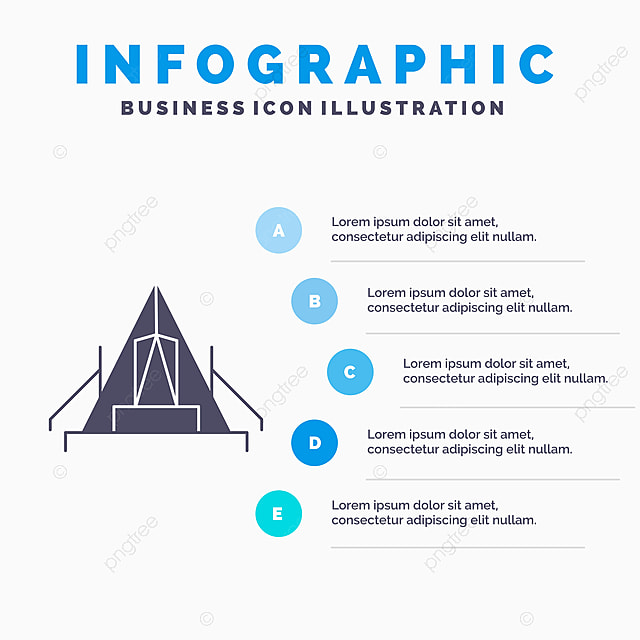While both deal staminas in various atmospheres, it is very important to figure out which kind of insulation will best serve your demands. The insulation you choose influences warmth, weight, water resistance, compressibility and cost.
Down is harvested from waterfowl, normally ducks or geese. It is treasured for its agility, very easy compression and insulating buildings. Nonetheless, down becomes less effective when wet.
Warmth-to-Weight
A high warmth-to-weight proportion is wanted in outdoor garments and equipment. The shielding buildings of down feathers make them a great choice for this objective, as they are extremely warm and lightweight.
However, down loses its shielding abilities when it gets wet, meaning it requires to be coupled with a water-proof covering. Additionally, some people are allergic to down, making artificial coats a far better alternative for them.
Artificial insulations are generally made from recycled polyester and designed to mimic down's protecting properties. They are not as light-weight as down, but they do not shed their insulating abilities when they splash and completely dry more quickly than down. They are likewise more budget-friendly than down. Nonetheless, their lifespan is shorter than down, causing higher maintenance and replacement costs.
Water Resistance
The insulation you pick for your job coat will make a large difference in just how comfy you feel outdoors. Nevertheless, the type of insulation you choose also has substantial implications for your sustainability objectives.
Down is a superb insulator for a variety of factors. It's lightweight, compressible, and uses an excellent warmth-to-weight proportion. Nonetheless, it does not fare well when it gets wet. Down clumps up and loses its loft space when damp, which can considerably minimize its capability to catch warmth.
Artificial insulation products, such as Thinsulate and Primaloft, stand up better against damp conditions. They normally have a tight weave or chemical covering that maintains water from penetrating the fabric. This enables the insulation to continue to be breathable, even if wet. It deserves keeping in mind that synthetics can additionally be uneasy when damp, but they retain their protecting residential or commercial properties.
Compressibility
While goose down does have a remarkable warmth-to-weight proportion, artificial insulation performs likewise. Nevertheless, unlike down which takes in and sheds its shielding capabilities when damp, synthetic insulation does not. Consequently, it can keep its loft and trap cozy air in wet conditions.
Normally produced from polyester sheets or collections that simulate down, one of the most typical synthetic insulation brand names include PrimaLoft, FullRange, Thermoball and Patagonia's PlumaFill. While it still can not match down's loftiness and warmth-to-weight, artificial coats are lightweight, quick to completely dry and less expensive than down. This makes artificial jackets excellent for damp environments, or if you're prone waterproofing to sweating heavily. Artificial coats are additionally much less fragile than down and can take a beating. This toughness encompasses their face fabrics which are typically thicker and a lot more long lasting than down.
Resilience
A significant consideration in sustainability is a material's durability and sturdiness. Natural products like cork, ThermaCork expanded cork and Havelock wool last longer than artificial options like fiberglass and plastic. They additionally need much less upkeep and can endure harsh ecological problems.
However, natural insulation does not carry out too when wet as artificial choices. Wool and fleece clump together when wet, endangering their ability to catch heat. Synthetic insulation, on the other hand, does not take in moisture and continues to shield even when saturated.
This makes artificial insulation suitable for damp climates and laborious activities where you might sweat heavily. It's additionally simpler to wash and dries faster than down. This included sturdiness and reliability make synthetic insulation a general champion in this classification. This converts to resilient protected work boots that last long and maintain you warm with requiring environments.
Sustainability
Natural products provide biodegradability and a smaller ecological impact, while synthetic alternatives brag toughness and ingenious applications that sustain energy effectiveness. Nevertheless, it is very important to comprehend truth ecological effect of these insulation materials from cradle-to-grave.
For example, if a natural insulation product needs to travel a long distance from its source to the structure website, transportation-related discharges boost its general carbon footprint. Picking in your area sourced and recycled products minimizes that impact. And, selecting GREENGUARD and Cradle to Cradle accreditations ensures that insulation is free of unpredictable natural substances (VOCs) and supports accountable sourcing and labor problems.
Lamb's wool and cork are sustainable insulation sources that are gathered without harming the tree or plant. Both have the included benefit of being normally immune to mold, bugs and moisture.
